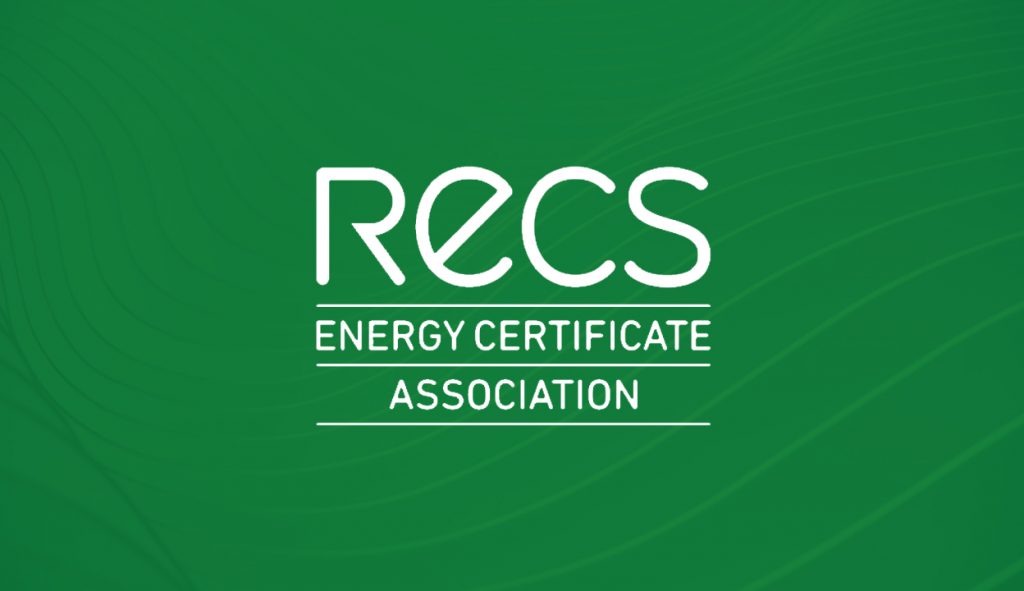The Association of Issuing Bodies (AIB) has published the Residual Mixes and European Attribute Mix of 2018. The calculation was carried out by Grexel Systems Ltd on behalf of AIB, assisted by Ostfoldforskning and Ecoinvent.
The Association of Issuing Bodies (AIB) has published details of the Residual Mixes and European Attribute Mix for 2018. The calculation was carried out by Grexel Systems Ltd on behalf of the AIB, assisted by Ostfoldforskning and Ecoinvent.
A residual mix sets out the proportion of electricity from each generation technology (coal, gas, nuclear, etc.) that remain in the power grid after all certified electricity is accounted for and is a key ingredient of a reliable disclosure system. Any consumer who wishes to disclose the kind of electricity they are using, but who is not buying certified power, must use the residual mix when reporting the power they used. Due to the international nature of both the power market and the Guarantee of Origin (GO) market, centrally calculated residual mixes and the European Attribute Mix (EAM) are needed. Energy authorities either use the results of the calculation directly or to calculate the residual mix for their respective country using national rules.
Key findings of the 2018 calculation are:
- The volume of explicitly tracked electricity consumption grew from 962 TWh in 2017 to 988 TWh in 2018.
- The share of untracked electricity consumption continued to fall, and was down to 70% in 2018. The lowest shares of untracked consumption (apart from Austria that has implemented full disclosure) were in Ireland (11,9%) and Sweden (16,1%). The lower the share of untracked consumption the more end-users are choosing green over generic power products.
- On average, the 2018 residual mixes are 12,4% renewable, 33,0% nuclear and 54,6% (58,9) fossil (2017 figures in brackets). In 2017 the mix was 17,3% renewable, 23.8% nuclear and 58,9% fossil based
The full report can be downloaded here.

